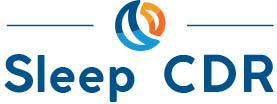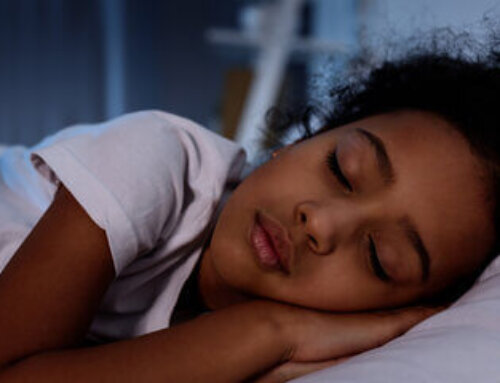Westchester, Ill. — A study in the March 1 issue of the journal SLEEP shows that a school-based sleep intervention is a promising model for addressing adolescent sleep problems, given its high retention rate, cost-effectiveness and potential for promoting healthy sleep knowledge and practice.
The program, which consisted of four, 50-minute classes across a four-week period, had a high retention rate of 83 percent and produced a statistical increase in students’ knowledge of sleep-related issues. Fourteen percent of students indicated that behavioral suggestions to improve their sleep had been helpful and applied in some way during the program. Although 57.2 percent of students recognized the need or expressed the intent to increase their total nightly sleep time to nine hours, 34.2 percent of students indicated that they did not plan to regularize their weekend wake up times.
Results also show that the intervention produced a behavioral change at post-program, reducing by 30 minutes the discrepancy in the time when adolescents with delayed sleep timing got out of bed in the morning during the school week compared with weekends. The positive effect disappeared, however, at the six-week follow up.
“At the end of the study we found that the program helped teenagers form a more regular sleep routine in the short-term,” said project supervisor Michael Gradisar, PhD, senior lecturer in clinical child psychology at Flinders University in South Australia. “Feedback indicated that students were not convinced about the benefits of regularizing their sleep pattern, and enjoyed sleeping-in too much to change their behavior. This is one of the major hurdles that were encountered, as evidence indicates that sleeping-in on the weekend can delay the circadian rhythm, which would result in less sleep on school days.”
According to the authors numerous cross-cultural studies have demonstrated that adolescent sleep practices lead to later bedtimes and result in inadequate sleep on school nights, which in turn affects weekend sleep habits. Sleeping-in on weekends contributes to a delay in the circadian sleep rhythm, which can exacerbate a late sleep onset on school nights followed by forced early morning awakenings during the school week.
The study involved 81 students between the ages of 15 and 17 from two schools in South Australia. Each school provided one class to participate in the sleep intervention program and a second class to act as a control. The sleep-related content of the program was embedded within a wider context of well-being, which included information about healthy eating and exercise. The program taught the teenagers healthy sleep practices such as the benefits of minimizing caffeine and alcohol intake, reducing stimulating activities at night, getting out of bed at a consistent time each morning (even on weekends), and getting exposure to bright light in the morning to help reset their body’s biological clock.
At baseline 95 percent of the total sample reported at least one type of sleep problem. Specifically, 60 percent reported a sleep onset latency of more than 30 minutes, and 35 percent reported excessive daytime sleepiness.
More than half the sample (53 percent) reported insufficient sleep of less than eight hours on school nights, and 78 percent of students reported a discrepancy of more than two hours in the time when they get out of bed on school-week mornings compared with weekend mornings. These two criteria identified 36 adolescents with delayed sleep timing.
The authors report that researchers in other fields have noted that acquisition of knowledge alone rarely results in a change in behavior. However, interactive, multisession prevention programs that encourage student participation have been shown to be effective in changing a specific behavior. Thus creating an intervention program that focuses on the simple behavioral strategy of regularizing bedtimes could be a key technique to alleviate adolescent sleep problems.
Feedback from students and teachers indicated that more interactive class activities and hands-on tasks would have enhanced learning. Gradisar stated that a revised school-based sleep intervention was created based on this feedback. The renovated program will focus solely on sleep and will include in-class exercises as well as homework activities.
SLEEP is the official journal of the Associated Professional Sleep Societies, LLC (APSS), a joint venture of the American Academy of Sleep Medicine and the Sleep Research Society.The APSS publishes original findings in areas pertaining to sleep and circadian rhythms. SLEEP, a peer-reviewed scientific and medical journal, publishes 12 regular issues and 1 issue comprised of the abstracts presented at the SLEEP Meeting of the APSS.
AASM is a professional membership organization dedicated to the advancement of sleep medicine and sleep-related research. As the national accrediting body for sleep disorders centers and laboratories for sleep related breathing disorders, the AASM promotes the highest standards of patient care. The organization serves its members and advances the field of sleep health care by setting the clinical standards for the field of sleep medicine, advocating for recognition, diagnosis and treatment of sleep disorders, educating professionals dedicated to providing optimal sleep health care and fostering the development and application of scientific knowledge.
###








